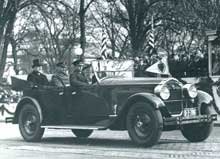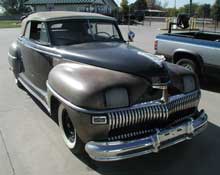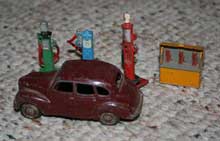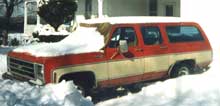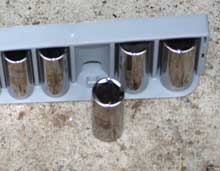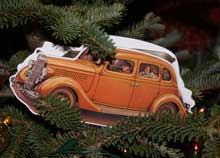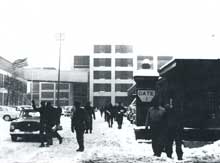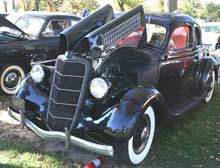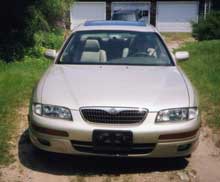Two weeks ago, I posted this same picture with the caveat that it was “not an inauguration picture.” It seems, however, that I may have to eat some crow, for there is evidence that it was indeed taken during Calvin Coolidge’s 1925 inaugural celebrations.
When I bought the photo from a British source many years ago it was captioned “President Harding.” I know that couldn’t be the case, for not only does he not resemble Harding but the car in which he’s riding is a 1924 Packard Single Eight, a model introduced in December 1923. Harding died the previous August. Others, older than I, have recognized Coolidge immediately in the photo.
In speculating on event depicted I opined that the military man sitting next to Coolidge looked like a Russian general, perhaps Joseph Stalin. Silly me. Both Dennis David and Randy Poole, both CarPorters of long standing, emailed immediately to say it is General John “Black Jack” Pershing. But the date and reason for the photo remained a nagging mystery. I wondered if the pennant or flag on the car yielded a clue. Jim Merrick, the insightful archivist at the Stanley Museum and who was responsible for much of the research in my Stanley Steamer book, said the shield looked like that on the Massachusetts state flag, and so it does, in reverse as it might appear on a pennant intended to face the crowd. Close examination suggests it’s not on the car at all, but is strung up to remain unfurled before the assembled audience.
The big breakthrough was Dennis’s discovery of newsreel footage of Coolidge’s 1925 inauguration on YouTube. Fortunately, YouTube allows the inquisitive historian to stop the film almost frame by frame for a closer look. If you watch the movie carefully you’ll see the president and party getting into one of several Pierce-Arrow touring cars. Then you’ll see bands and more cars in the inaugural parade. At 2:53 I’m sure I see “our” Packard, disc wheels, Winterfront and all, but I can’t make out who’s in it. Then at 4:28 comes the clincher, a view of the reviewing shelter or kiosk, which I swear is decorated exactly as it appears in our photo. The photo, then, must have been taken during that inauguration.
There are some connections that help corroborate my conclusions. Coolidge, although a Vermont native. spent his entire pre-Washington political career in Massachusetts, becoming the 48th Governor in 1919, before moving on two years later as Harding’s running mate. And Pershing? Well, the US Army Band, instigated by Pershing and known as “Pershing’s Own,” were making their inauguration debut in that parade. They’ve marched for every presidential inauguration since.

